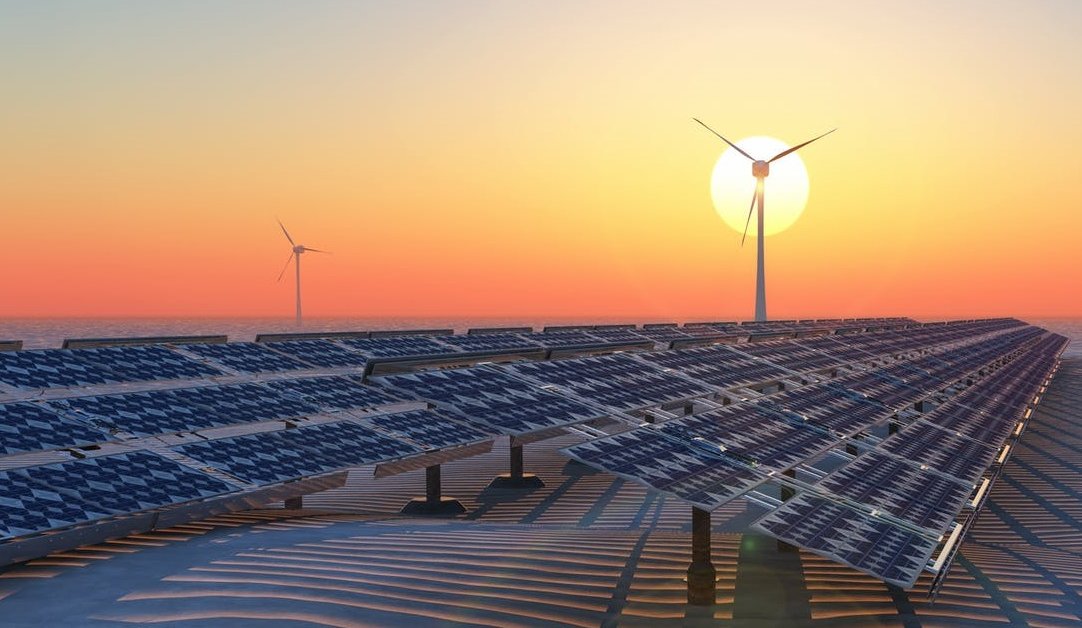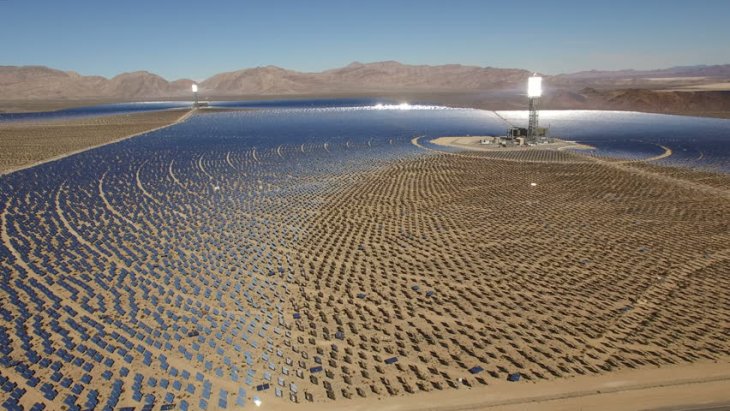What If We Make The Sahara Desert A Solar Farm To Generate Energy For The Entire World?
Sundar Pichai - May 08, 2019

Located in Africa, Sahara is considered the largest hot desert on Earth. If it were a country, the desert would be the world’s fifth-biggest one.
- This Solar Panel Can Work Even When There's No Sunlight
- Solar-Powered Yacht Travels Endlessly Without Fuel, Noise Or Emissions
- This City Installs 187 Solar Panels For Rs 80 Lakh, Forgets To Connect Them For 6 Months
According to professor Amin AI-Habaibeh, a scientist from Nottingham Trent University, he is mind-blown by the enormousness of Sahara, every time he visits this area.

Advantages of Sahara to become a solar panel
Located in Africa, Sahara is considered the largest hot desert on Earth. If it were a country, the desert would be the world’s fifth-biggest one, just slightly smaller than China. At the condition when every inch of Sahara soaked up fully sun’s energy, it receives 22 billion gigawatt hours a year. The thrilling statistics about Sahara have made Amin think about a solar farm built on this area. The hypothetical farm covering the entire desert would produce 2,000 times more energy than the world's largest powerhouse. The output could cover over 7,000 times Europe's electricity demand. Especially, there would be barely any carbon dioxide emission.
Also, Sahara gets the advantage of being close to Europe. The shortest distance from North Africa to Europe is just 15 km, and a further distance is still possible to carry electricity. Serious plans have been made, to bring academic insights into practice. Despite acquiring a lot of funding, they are quickly held back because of high costs and some other factors.

Is Solar Farm Named Sahara possible?
Amin AI-Habaibeh said that there were two technologies suitable for the plans, but each had pros and cons.
Concentrated solar power (CSP) generates electricity through conventional steam turbines. It makes use of the sun's extreme heat by focusing sunlight in one spot, through lenses or mirrors. The technology can help produce solar energy at night by storing energy using molten salt. However, CSP requires the use of water. Besides, CSP technology currently cannot compete on price with other solar panels, its lens could be covered by sand storms.
Photovoltaic solar panels, the other technology, is the most common type of solar powers. Not only can it be connected to the grid or distributed for small scale use, but it can also provide reasonable output in cloudy weather. But considering that temperatures can exceed 45 degrees Celsius, this approach is not ideal as its efficiency drops once the panels become too hot.
Although it now remains in academic insights, Amin supposed that the ideas would become reality as solar technology improved and things got cheaper.
Featured Stories

Features - Jul 01, 2025
What Are The Fastest Passenger Vehicles Ever Created?

Features - Jun 25, 2025
Japan Hydrogen Breakthrough: Scientists Crack the Clean Energy Code with...

ICT News - Jun 25, 2025
AI Intimidation Tactics: CEOs Turn Flawed Technology Into Employee Fear Machine

Review - Jun 25, 2025
Windows 11 Problems: Is Microsoft's "Best" OS Actually Getting Worse?

Features - Jun 22, 2025
Telegram Founder Pavel Durov Plans to Split $14 Billion Fortune Among 106 Children

ICT News - Jun 22, 2025
Neuralink Telepathy Chip Enables Quadriplegic Rob Greiner to Control Games with...

Features - Jun 21, 2025
This Over $100 Bottle Has Nothing But Fresh Air Inside

Features - Jun 18, 2025
Best Mobile VPN Apps for Gaming 2025: Complete Guide

Features - Jun 18, 2025
A Math Formula Tells Us How Long Everything Will Live

Features - Jun 16, 2025
Comments
Sort by Newest | Popular